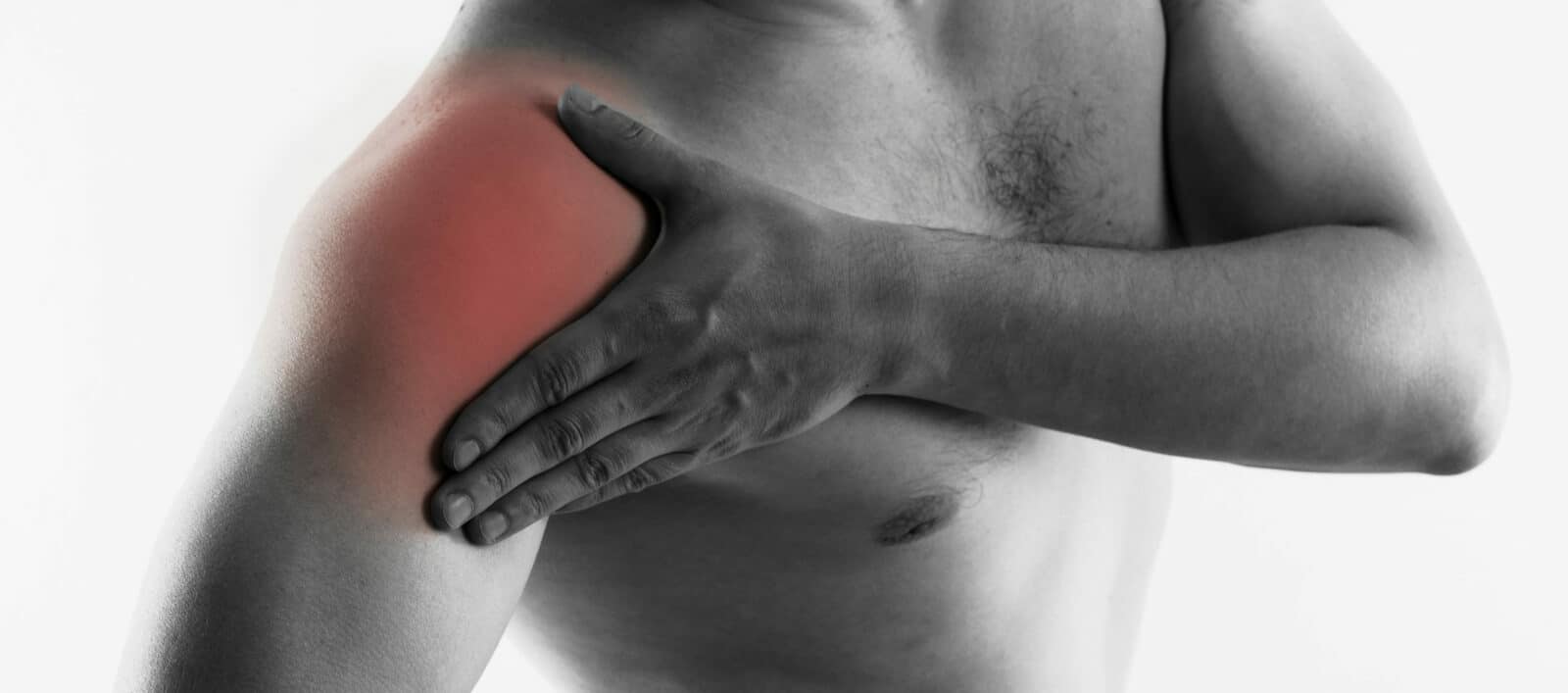What is an acromioclavicular luxation ?
The acromioclavicular joint is part of the shoulder connecting the acromion, bony part at the top of the shoulder blade, to the collarbone; it is held together by ligaments. Although it only plays a secondary role in shoulder mobility, damage can cause discomfort, pain, and a visible deformation.
A blow to the end of the shoulder can result in an acromioclavicular sprain or luxation. This often occurs during a sports or road traffic accident. Following the trauma, the two bones do not fit together properly; the ligaments may be ruptured.
Diagnosis of an acromioclavicular luxation
A clinical examination establishes the initial diagnosis of an acromioclavicular luxation. In the case of luxation, the acromioclavicular joint can be painful to touch, loss of mobility may be observed, and the external part of the collarbone may be more or less prominent under the skin.
An x-ray confirms the diagnosis and the acromioclavicular luxation is graded according to its severity. Grade 1 is a simple acromioclavicular sprain: the ligaments are stretched and no instability of the collarbone is observed. Grade 2 concerns partial acromioclavicular luxation with rupture of the acromioclavicular ligaments only; the collarbone is unstable, but only vertically. Grade 3 is a total acromioclavicular luxation: all the ligaments are ruptured and the joint surfaces are no longer in contact; the deformation is visible and the shoulder completely unstable. Grade 4 is reached if the collarbone has also impaled the trapezius fascia, the muscle covering the collarbone.
Treatment and follow-up
For grade 1 and 2 acromioclavicular luxations, a medicinal treatment (analgesics) is prescribed to relieve the pain, and the arm is immobilized in a sling for 3 to 6 weeks. In most cases, the progression is good.
For grade 3 acromioclavicular luxations, the question of surgery is raised. Surgery will be considered if the patient is young and if their profession requires movement above shoulder height (athletes in particular). In cases where an operation is not performed, the onset of chronic pain has been observed that can subsequently lead to surgery.
Numerous techniques are available to stabilize the acromioclavicular joint. The operation consists in stabilizing the joint, suturing or reinforcing the ruptured ligaments using ligament reconstruction.
In all cases, shoulder rehabilitation is valuable to recover satisfactory joint mobility.

